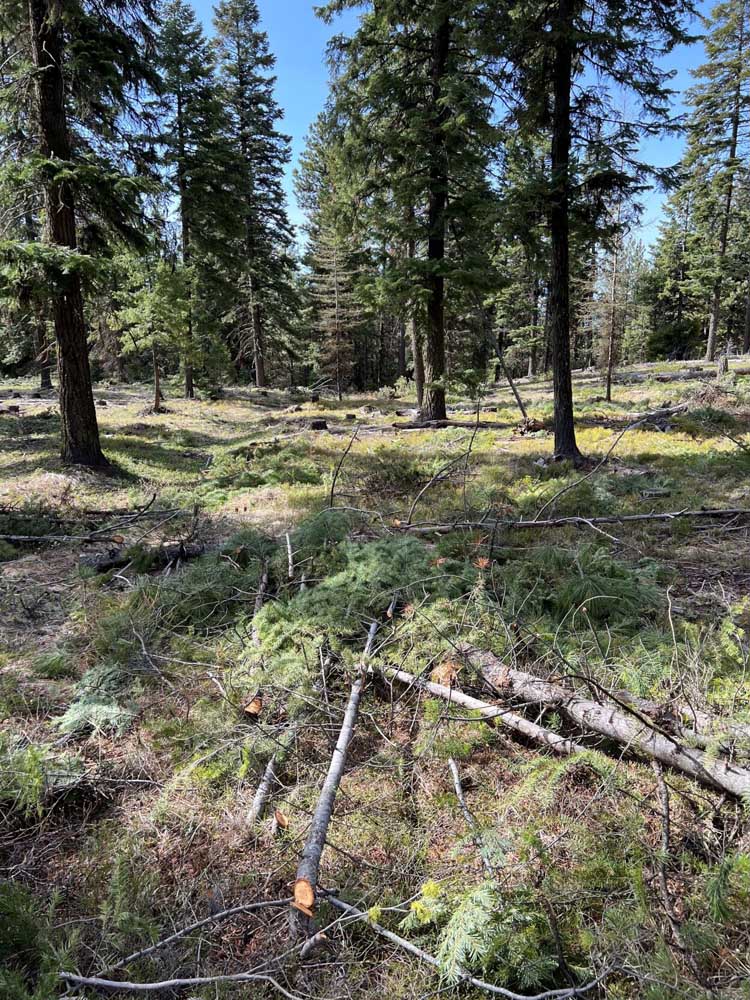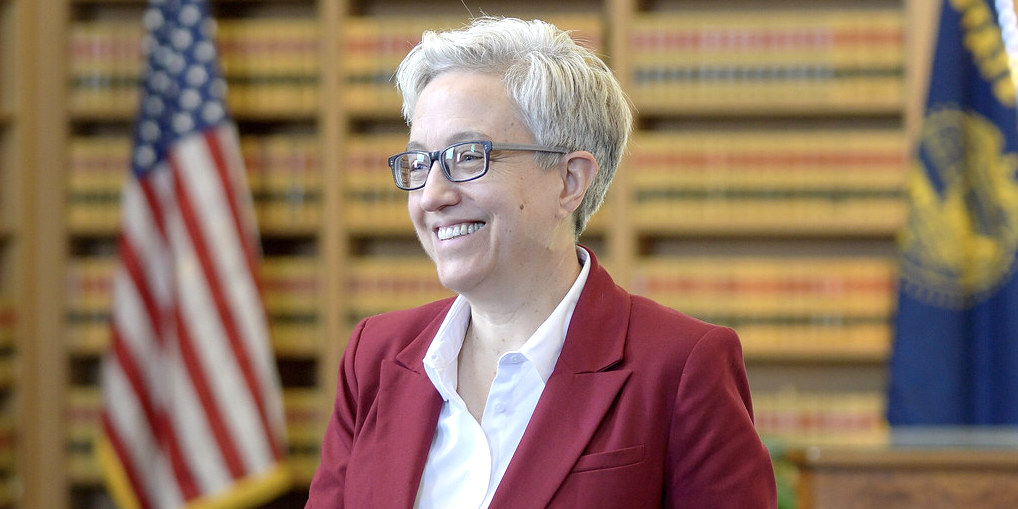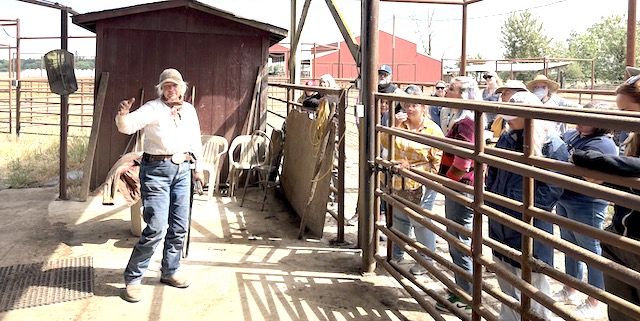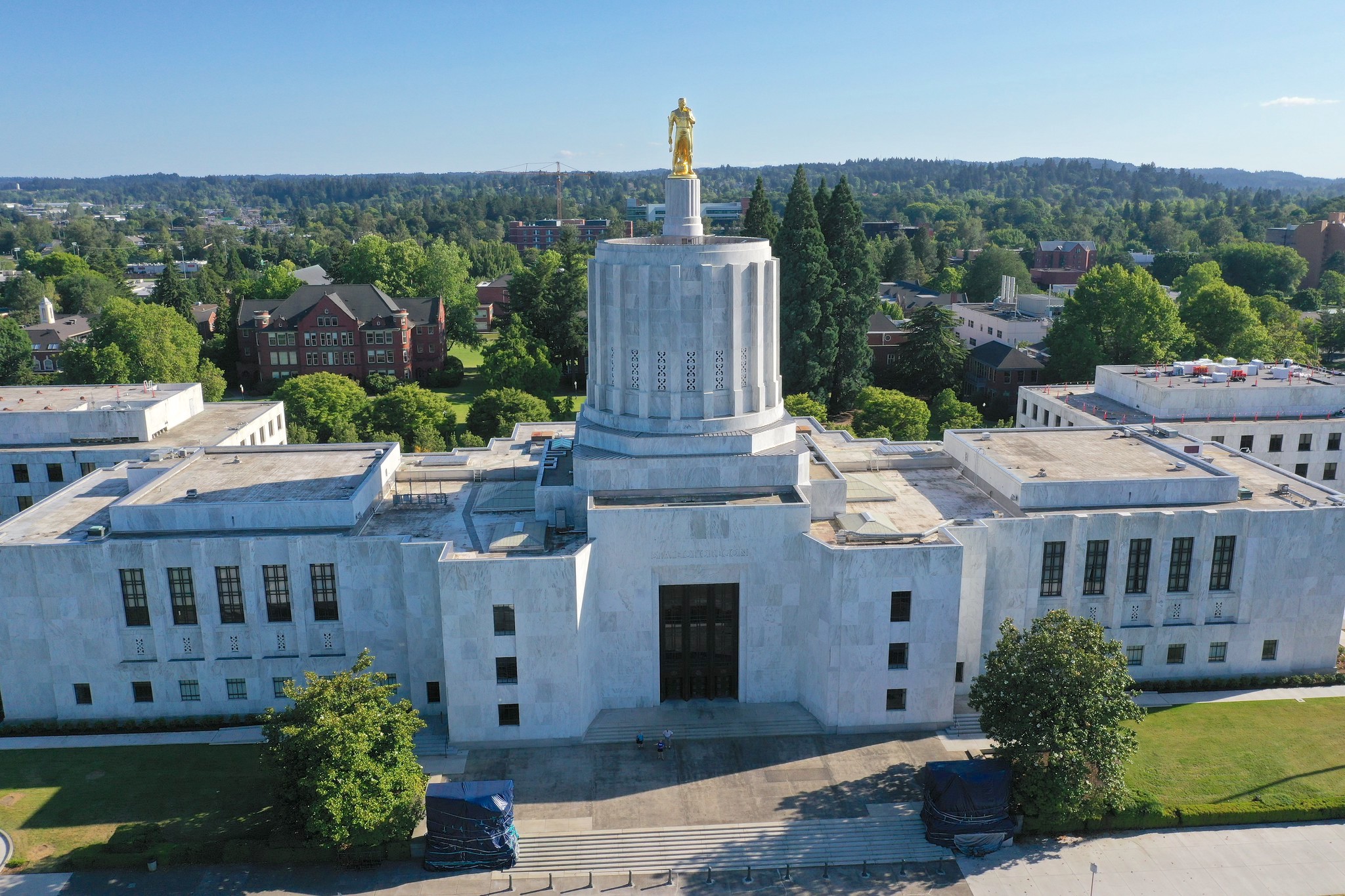Joint-agency program in Malheur National Forest aims to reduce wildfire risk
Published 8:30 am Friday, March 17, 2023

- A view of pre-commercial tree thinning operation in the Malheur National Forest.
USDA plans to invest about $2 million this year to help mitigate wildfire risk, improve water quality and restore ecosystems in and around the Malheur National Forest in Grant County.
Trending
The Southern Blues Restoration Project will implement strategic fuel reduction treatments on forest land to reduce fire risk to communities while improving forest, rangeland and overall watershed resiliency in light of changes caused by a warming climate, officials said.
The plan is for activities to start this summer and continue through 2025, said Courtney King, spokesperson for the Malheur National Forest. Aaron Roth, district conservationist for the Natural Resources Conservation Service in John Day, said the total funding ask is about $7.5 million over three years.
“These funds will be used to restore a healthy forest and confront the wildfire crisis while protecting our local communities,” King said. “These funds are going to be used for new and ongoing fuel reduction projects in the community and on federal lands, including removing dense trees and brush from the forest landscape.”
Trending
The joint-agency program, called the Joint Chiefs’ Landscape Restoration Partnership, allows the Forest Service and the NRCS to combine resources and collaborate with regional agricultural producers and forest landowners to invest in conservation and forest restoration.
“Part of what we’re proposing is to put in strategic fuel breaks in some of the communities by also thinning the forest to more fire-adaptive tree levels,” Roth said. “Most of the big wildfires are canopy wildfires. The fires get up in the canopies and are windblown. So if you’re thinning out the trees, you’re reducing some of the ‘ladder’ fuel so it’s harder for fires to get up in the canopy.”
In addition to the Forest Service and NCRS, partners for this project include the Grant Soil and Water Conservation District, the Oregon Department of Forestry, the Oregon State University Extension Service, Blue Mountain Forest Partners, Jerome Natural Resources Consulting and the Bureau of Land Management.
“I think it’s a great example of the federal government public investment in public and private lands management that takes care of the landscape, and by doing that, it really addresses some of the issues that are challenging us — like wildfires,” said Mark Webb, executive director of Blue Mountain Forest Partners, a stakeholders group that includes loggers, environmentalists, ranchers, landowners, timber industry representatives, elected officials and federal land managers.
“This (Southern Blues Restoration Project) work just wouldn’t happen without this money, and the planning wouldn’t happen without the partnership,” Webb said. “You wouldn’t have this work without public investment.”
The project will also engage in outreach and education to landowners about their property to promote a more fire-adapted landscape. It will also provide wood for two Grant County lumber mills, Prairie Wood Products and Malheur Lumber, as well as Iron Triangle’s post and pole operation in Seneca while also providing jobs for local logging contractors, officials said.
“The project will help supplement the current timber for a post and pole plant and the local sawmills operating in the county,” King said.
Nationally, the USDA will invest more than $48.6 million this year through the Joint Chiefs’ program, bringing together agricultural producers, forest landowners and National Forest System lands to improve forest health using available Farm Bill conservation programs and other authorities.
Forest Service Chief Randy Moore said wildfires are increasing in frequency in recent years with a warming climate.
“We have long moved beyond wildfire seasons to fire years, with an annual average of 8 million acres burned since 2015; more than 10 million acres burned in three of those years,” Moore said in a statement. “The Joint Chiefs’ Landscape Restoration Partnership promotes cross-boundary work needed to increase the scale of our wildfire risk reduction efforts to protect people and communities, critical infrastructure, water supplies, and ecosystems from extreme wildfire.”







